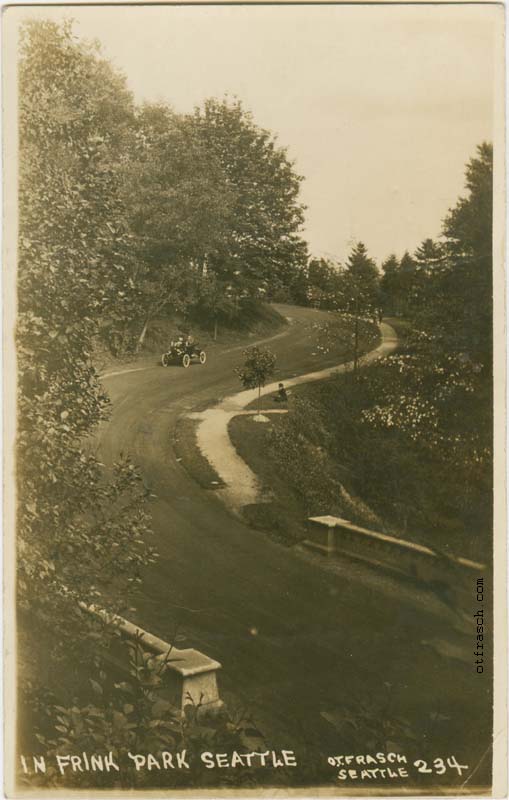

Olmsted had joined his step-father, Frederick Law Olmsted Sr. John Charles Olmsted arranged a combined trip to the West Coast in 1903 to advise Portland on parks and on designing grounds for Portland's 1905 Lewis & Clark Exposition, and then to visit Seattle to develop a park system plan for that city. This contact was followed by an invitation from the city park commissioners. The privately owned Seattle Electric Company made the first contact with Olmsted Brothers Landscape Architects in Brookline, Massachusetts, since parks were an important draw as destinations for its streetcar lines.

Civic leaders again turned their attention to developing a park system. An ensuing recession triggered by the Panic of 1893 put that plan on hold.Īfter the Klondike Gold Rush in 1897, the city resumed its galloping growth. Schwagerl (1842-1910), the city's park superintendent, created a plan consisting of four large parks connected by boulevards in 1892. Influenced by the City Beautiful movement, they wanted to have a plan for a park system. City leaders foresaw (and hoped for) a day when homes and businesses would fill every nook and cranny of the city. While Seattle had undergone explosive growth in its short history, in the 1890s there remained large tracts of second-growth forests within the city limits. It is an on-going challenge to maintain the integrity of the boulevard in the face of increased traffic and development, but its importance in showcasing the beauty of Seattle's natural setting is unparalleled.

As the city has grown up around the boulevard, most of the forest and the clear-cuts have been replaced by neighborhoods, filling in between the numerous parks dotting its 9.2-mile length. Where possible, the roadway follows the lakeshore, but some subdivision plats preceded the boulevard and it climbs the adjacent hillsides to skirt them, and to gain views and link to parks. More than five miles were completed in time for the Alaska-Yukon-Pacific Exposition held on the University of Washington campus in 1909, and the final segment was opened in 1917. The boulevard was constructed in parts, starting with an initial section in Washington Park. John Charles Olmsted (1852-1920) located it in his 1903 plan for Seattle's park and boulevard system to take advantage of Seattle's landscape, including the lake, forested parks, and views across the lake and of distant mountains. Lake Washington Boulevard is a Seattle Department of Parks and Recreation property that extends from the Montlake neighborhood to Seward Park, on or near the shore of Lake Washington.


 0 kommentar(er)
0 kommentar(er)
